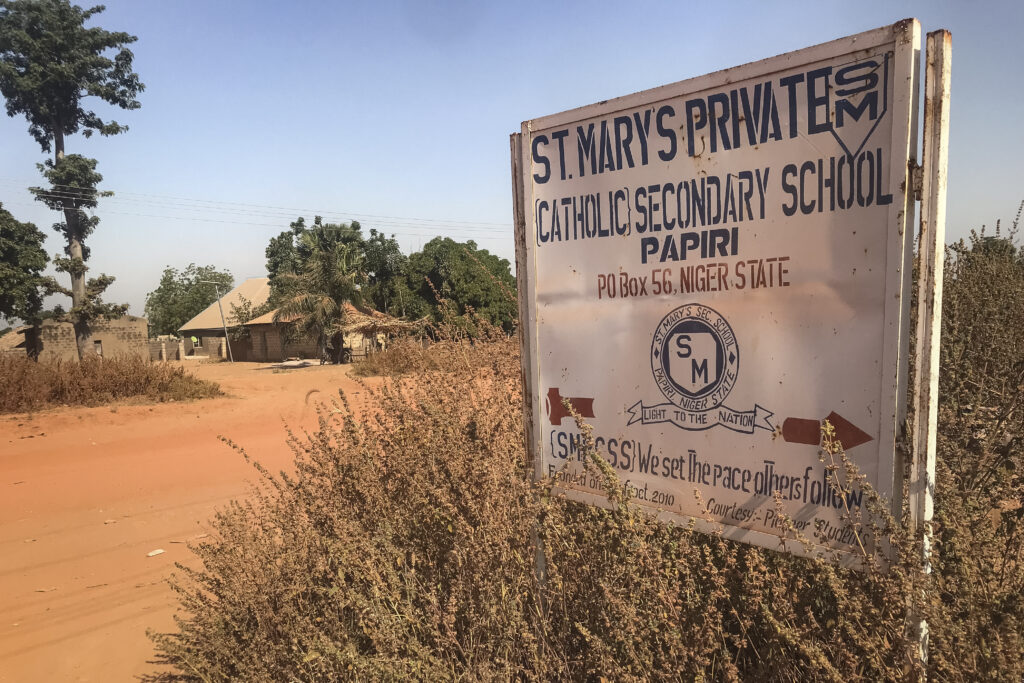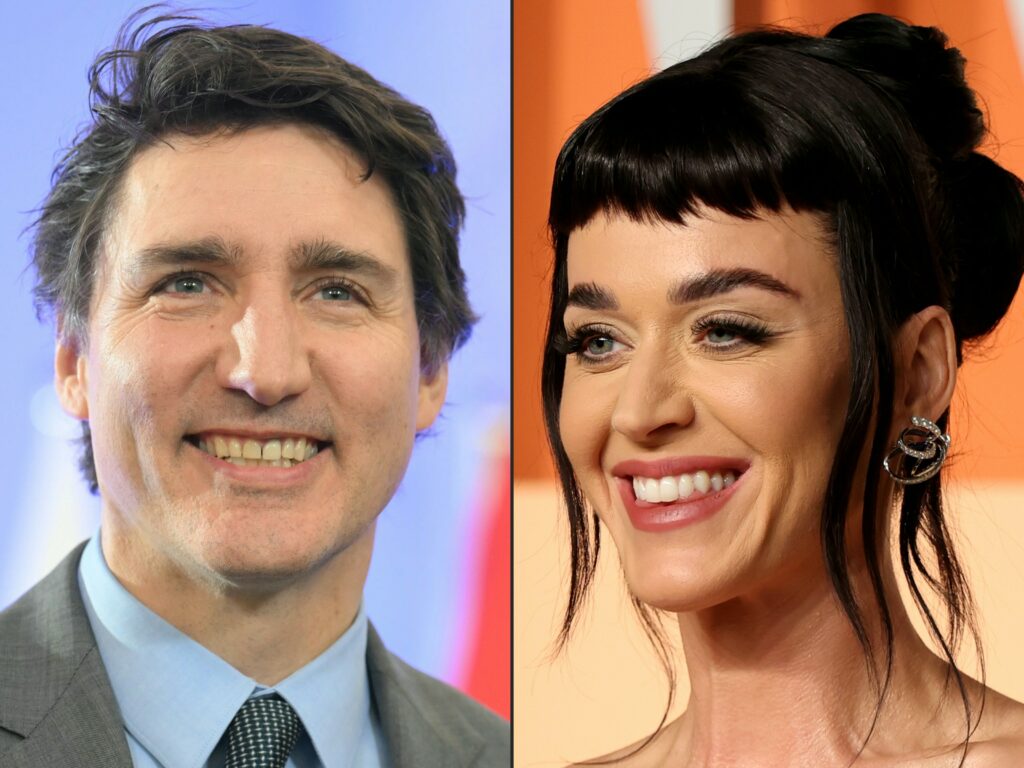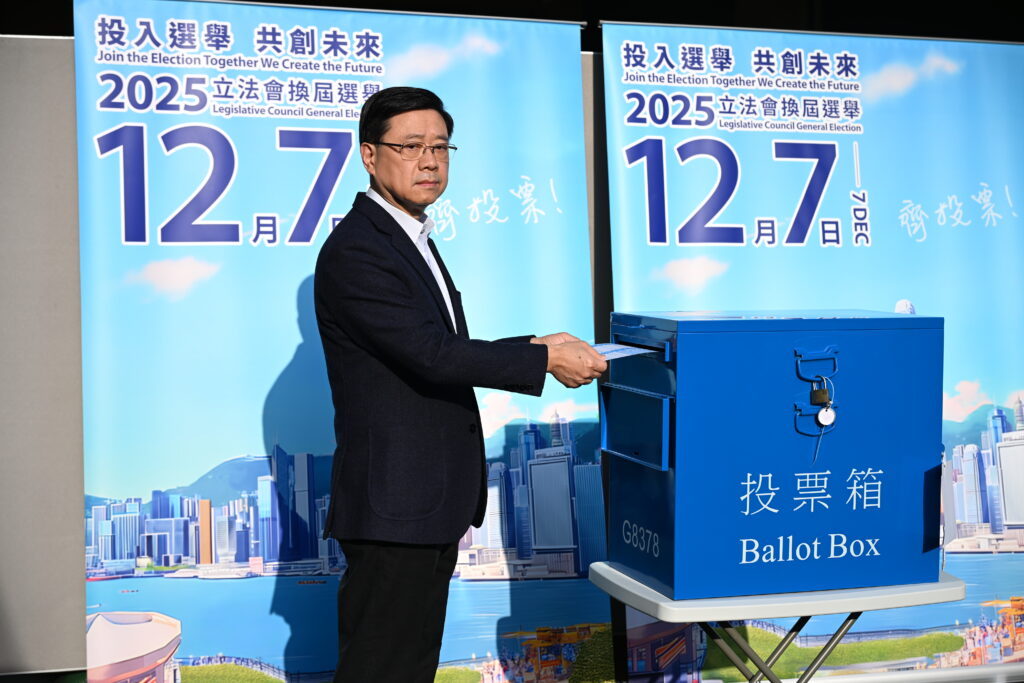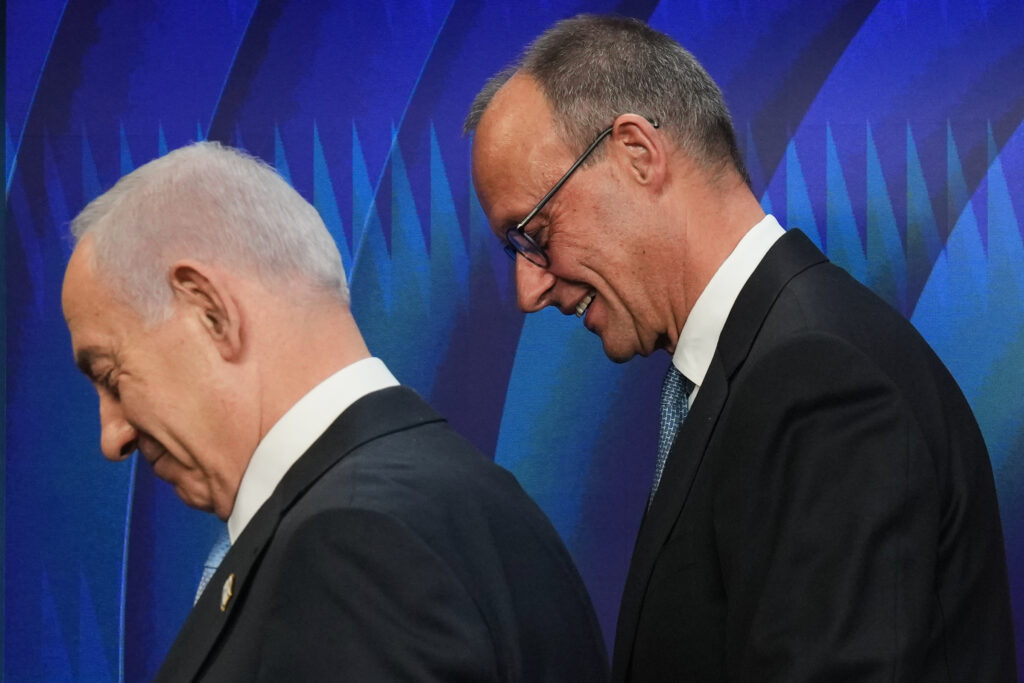It is not a teenage dream, it’s Instagram official: pop star Katy Perry has posted a photograph of herself cuddling with Canada’s former prime minister, as secure a confirmation as any that the celebrities are dating.The 41-year-old “California Gurl” slipped the picture, showing the pair cheek to cheek in front of a colorful autumn backdrop, into a series of images on her Instagram account, which boasts 202 million followers.Her simple caption for the series posted late Saturday — which also includes video clips of the couple trying sushi — reads simply: “tokyo times on tour and more,” and features emojis including flowers and a red heart.Neither Perry — singer of mega hits like “Hot n Cold,” “Roar” and “I Kissed a Girl” — nor Trudeau have made public comments about their relationship. But Trudeau, 53, was seen at a Perry concert in July, and celebrity news website TMZ further fueled rumors when it aired video of the two hand in hand on a night out in Paris in October to celebrate the singer’s birthday.Trudeau served as prime minister from 2015 to 2025 as leader of the Liberal Party. On Thursday Trudeau reposted a photograph of the pair posing with Japan’s former premier, Fumio Kishida, and his wife Yuko.”Great to see you @kishida230. Katy and I were so glad to have the chance to sit down with you and Yuko,” Trudeau wrote.




